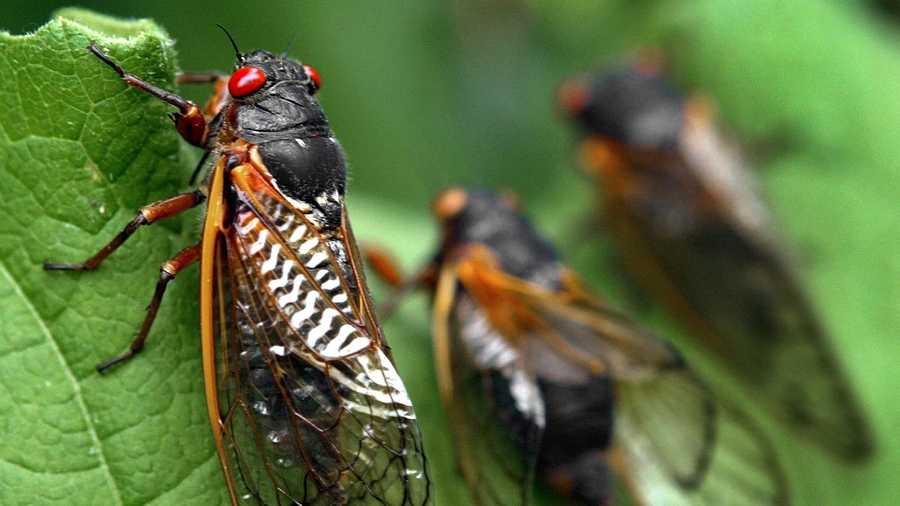Cicadas ready to emerge across central, eastern Ohio in May
Insects benefit trees, plants and birds
Researchers say a new brood of buzzing cicadas is set to emerge from the ground and begin mating across central and eastern Ohio this spring.
The Columbus Dispatch reports a subset of the underground insect's population, known as Brood V, will be particularly heavy around Athens and Nelsonville.
Gene Kritsky, a biologist and cicada expert at Cincinnati's Mount St. Joseph University, says Brood V last appeared in 1999. Brood X surfaced in 2004.
Ohio's Division of Wildlife says cicadas aren't dangerous. They benefit trees, plants and birds. Wild turkeys flourished during Brood V's last appearance.
It generally takes 17 years of subterranean development for cicadas to transition from nymph to adult. Once they emerge, they live about six weeks as they shed their exoskeletons, mate and lay eggs.


